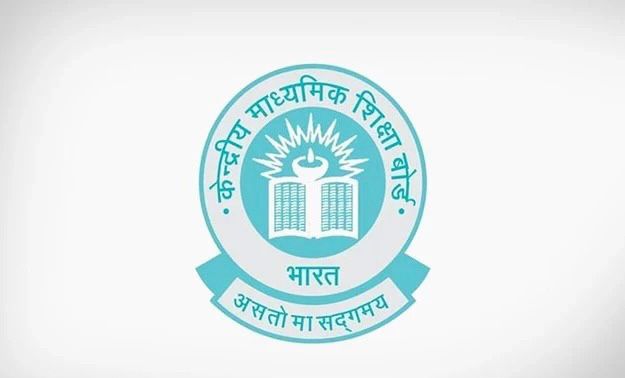Calculate the mass of CaCi, (molar mass = 111 g mol-1) to be dissolved in 500 g of water to lower its freezing point by 2K, assuming that CaCl, undergoes complete dissociation.
(Kf for water = 1.86 K kg mol-1)
Ans.
To calculate the mass of calcium chloride (����2) needed to lower the freezing point of 500 g of water by 2 K, we can use the formula for freezing point depression:
Δ��=�⋅��⋅�
Where:
-
�� is the freezing point depression,
-
� is the van’t Hoff factor,
-
�� is the freezing point depression constant for water, and
-
� is the molality of the solution.
Given:
-
��=2 K
-
��=1.86 K kg mol−1 (we need to convert this to molal units)
-
� is the molality of the solution


